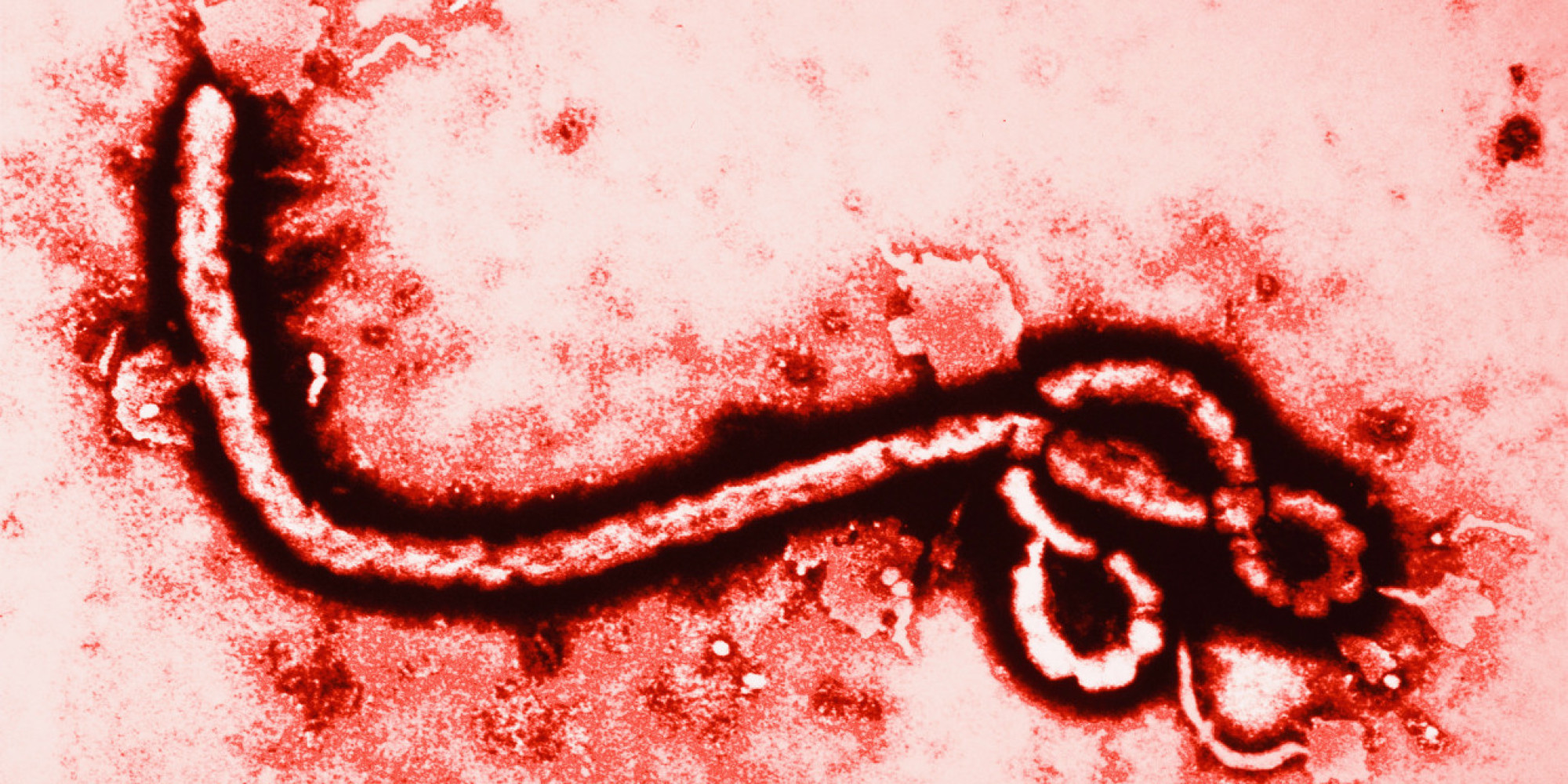In the News: Ebola, Enterovirus D68 Dominate Recent Medical Headlines
In the News: Ebola, Enterovirus D68 Dominate Recent Medical Headlines
October 16, 2014
 Over the past several months, you have most likely noticed that two viruses, Ebola and Enterovirus D68, have dominated recent medical headlines. While the deadly Ebola virus has ravaged West Africa and slowly crept its way to the United States (although in a limited capacity), Enterovirus D68 has maintained a more local flavor, affecting nearly 700 people (mostly children) in the country over the last 3 months.
Over the past several months, you have most likely noticed that two viruses, Ebola and Enterovirus D68, have dominated recent medical headlines. While the deadly Ebola virus has ravaged West Africa and slowly crept its way to the United States (although in a limited capacity), Enterovirus D68 has maintained a more local flavor, affecting nearly 700 people (mostly children) in the country over the last 3 months.
Although Ebola is the far deadlier of the two viruses, both represent distinct threats to our collective health.
As an organization that administers health benefits, the Benefit Funds feels it is extremely important to keep our participants updated on the latest medical dangers and trends. To us, it is vital that we not only do our best to keep you healthy, but that we also take necessary precautions to protect the financial interests of the Welfare Fund. That being said, we have prepared some information and links for you about these two viruses so that you can learn more about them and take the steps required to prevent becoming infected.
Ebola– Ebola, previously known as Ebola hemorrhagic fever, is a rare and deadly disease caused by infection with one of the Ebola virus strains. Ebola can cause disease in humans and non-human primates (monkeys, gorillas, and chimpanzees).
Ebola viruses are found in several African countries. Ebola was first discovered in 1976 near the Ebola River in what is now the Democratic Republic of the Congo. Since then, outbreaks have appeared sporadically in Africa.
The natural reservoir host of Ebola virus remains unknown. However, on the basis of evidence and the nature of similar viruses, researchers believe that the virus is animal-borne and that bats are the most likely reservoir. Four of the five virus strains occur in an animal host native to Africa.
Some Signs and Symptoms of Ebola Include:
- Fever (greater than 38.6°C or 101.5°F)
- Severe headache
- Muscle pain
- Weakness
- Diarrhea
- Vomiting
- Abdominal (stomach) pain
- Unexplained hemorrhage (bleeding or bruising)
Symptoms may appear anywhere from 2 to 21 days after exposure to Ebola, but the average is 8 to 10 days.
If you still want to learn more about Ebola, including the best ways to avoid infection, you can visit the Centers for Disease Control and Prevention (CDC) website at http://www.cdc.gov/vhf/ebola/
Enterovirus D68– Enterovirus D68 (EV-D68) is one of more than 100 non-polio enteroviruses. This virus was first identified in California in 1962.
Non-polio enteroviruses are very common viruses. They cause about 10 to 15 million infections in the United States each year. Tens of thousands of people are hospitalized each year for illnesses caused by enteroviruses.
Anyone can get infected with non-polio enteroviruses. But infants, children, and teenagers are more likely to get infected and become sick. That’s because they do not yet have immunity (protection) from previous exposures to the viruses.
Some Signs and Symptoms of Enterovirus D68 Include:
- fever
- runny nose, sneezing, cough
- skin rash
- mouth blisters
- body and muscle aches
If you still want to learn more about Enterovirus D68, including the best ways to avoid infection, you can visit the Centers for Disease Control and Prevention (CDC) website at http://www.cdc.gov/non-polio-enterovirus/about/EV-D68.html








